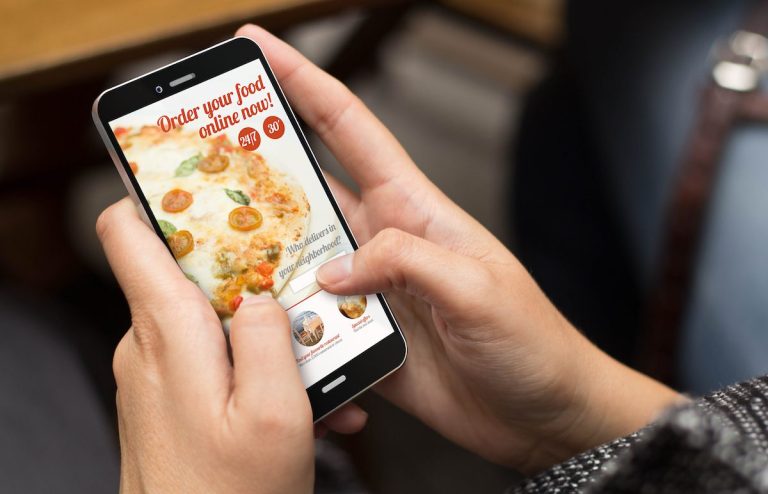
As restaurants’ inflationary challenges continue, many are shifting focus from long-term bets to immediate practical solutions.
In an interview with PYMNTS, Rick Stanbridge, executive vice president and chief information officer of Marco’s Pizza, a quick-service restaurant (QSR) brand with more than 1,000 stores across the country, discussed the need to get more practical when it comes to innovation.
“Technology for technology’s sake is over,” Stanbridge said. “Smart investments in technology that can deliver immediate results will be the winning strategy in the years ahead. This might come in the form of technologies that can save on labor, make it easier for guests to order and pay, etc.”
Indeed, the combination of rising food prices and wage inflation has many restaurants facing margin difficulties that need to be addressed right away, or there may not be a future to work toward. Take, for instance, the independent restaurant sector.
Research from PYMNTS’ study “Main Street Health Q3 2022: SMBs Battle Inflation,” which drew from a July survey of 533 U.S. businesses, found that the share of hospitality that may close in the next couple of years nearly doubled between first and third quarters.
Certainly, it was an enormously challenging year for the restaurant industry.
“Economic challenges including inflation, labor and supply chain have impacted everyone in the QSR pizza industry in 2022,” Stanbridge said.
He noted that the company expects inflationary challenges to alleviate somewhat over the course of this year, especially toward the end, arguing for the importance of keeping menu prices low in spite of the margin impact this may have.
Indeed, restaurants that have the resources to keep prices low are having their hands forced, with the industry as a whole underpricing relative to overall consumer food inflation. Data from the U.S. Bureau of Labor Statistics (BLS) revealed that in November, the most recent month on record, food prices overall were up 10.6% for consumers, while restaurant prices only increased 8.5%.
Notably, however, while consumers may continue to expect low menu prices, many are willing to pay a premium for convenience. Research from the latest edition of PYMNTS’ monthly ConnectedEconomy™ study, the “ConnectedEconomy™ Monthly Report: The Gender Divide Edition,” which drew from a survey of more than 2,600 U.S. consumers in October, found that 54% of men and 47% of women engage with restaurants via digital channels.
Stanbridge noted that, for Marco’s Pizza, digital sales across both the brand’s direct ordering platforms (its site and app) and its third-party channels grew “immensely” over the course of 2021. On the plus side for restaurants, digitization for consumers can also minimize order-taking and payment-collecting labor needs and can integrate with back-of-house digitization, which can help boost margins.
In the years ahead, the pizza chain, for its part, is moving to a fully cloud-based order management system, implementing digital wallet acceptance, adding automated ordering capabilities and expanding its third-party presence.
“Customer expectations continue to increase in terms of convenience and speed, so [we’re] prioritizing technologies that create a better frictionless customer experience [while] helping to improve store-level profitability,” Stanbridge said.